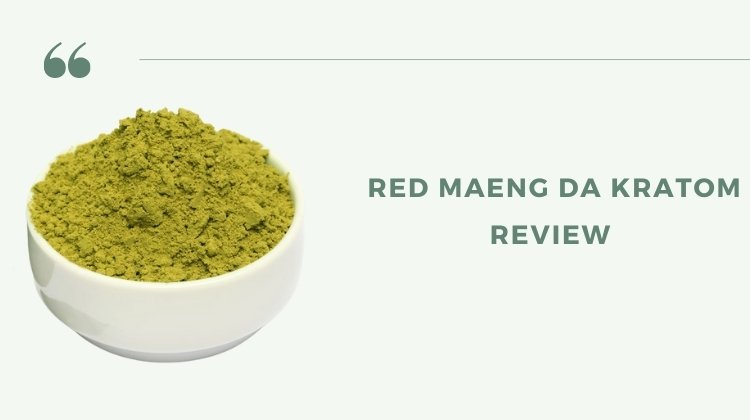Over the last decade, the demand for peptide products has hit the roof. Manufacturers are struggling to keep up with the demand due to limited resources. As the demand grows, manufacturers aim to increase purity and lower the cost of peptides.
However, due to increased technological advancement, the world of peptide synthesis is growing faster than ever. Large-scale peptide production has impacted the environment positively.
According to Mimoun Ayoub, the V.P of strategic development and global business, speaking at a conference at Peptisyntha (a Solvay company), manufacturing around 20 kilograms of the 18-residue peptide generates approximately 300 metric tons of solvents and a significant number of other forms of waste.
These waste materials are magnified for companies managing vast amounts of peptides at any time. This is further hindered by the time and logistics needed for waste separation, storage, and disposal.
Although recycling solvents might benefit very large peptide products, you should perform a fair cost analysis. Even though all solvents coming out of the production units are mixed, they are still separated later on by distillation. This process takes up a butt load of cash and increases the space needed for analysis, testing, and production.
According to Dr. Ayoub, the purity of the synthetic product is critical to reducing the cost of production because crude peptide purification is the primary factor driving the cost of peptides. In this article, some of the best strategies used forpeptide synthesis are mentioned.
1. Take Note of Every Detail
One of the major factors driving innovation in a CMO is increased customer demands and synthesis and purification technology evolution. Jan Pawlas, a Ph.D. holder and a member of the process development and support team at PolyPeptide Group (PPG), indicated two most popular trends; increased attention towards the economic areas of peptide manufacturing and increased demand for faster delivery.
Dr. Pawlas indicates that an efficient and well-developed solid-phase synthesis process is not just beneficial for small and medium-scale production but is also very efficient in producing complex peptides with intricate side chains on a large scale.
One essential step is to streamline the production phase and attain an efficient conversion to create high purity peptides that are crude synthetic. To reduce the cost of peptide synthesis, you need an experienced and knowledgeable base that allows a CMO to reduce the development time and instead choose a synthetic route.
2. Are you Using Long Peptides or Protein?
Due to the increase in therapeutic peptides, synthetic challenges to the system are rising. This factor was pointed out by Dr. Hazel Moncrieff, a senior group leader at GMP peptides. According to her, errors spun due to the addition of amino acids to a growing peptide strand are compounded as the length of the peptide increases. They can significantly reduce the quality of the end product.
One essential factor in producing long peptides is a selection of resin to step up the solubility of the peptide in formation and reducing aggregation. Another essential factor to consider is grouping post-synthesis products and the necessity to rectify analytical processes like LC/MS and UPLC to separate impurities from full-length peptides.
These impurities mainly lack the complete construct of amino acids and elute together with a full-length molecule despite the separation system.
3. Applying Six Sigma
There are about 50 steps involved in manufacturing peptides; this introduces a wide margin of error and increases the possibility for process optimization. Synthetic peptides account for 96 to 98% of product yield. In contrast, manufacturing peptides using the 50 step process results in little or no product yield at the end of production.
According to Didier Monnaie, Ph.D., project leader, Lonza, and Six Sigma Black Belt. “to manufacture peptides correctly, you need an average yield of 99% at each process, and there is little margin for error”. He described the implementation of Six Sigma at his department’s peptide manufacturing facility for about four to five years.
A well-designed process with proper documentation and correct process parameters would minimize the potential errors during production.
4. Understand Market Strength
Peptide manufacturing projects have been rising lately due to the growing pipeline at Bachem facilities. According to Mills, the number of development projects (preclinical through phase III) in progress has risen from 120 in 2009 to 138 in 2010. Phase III projects rose from 16 to 25.
According to Science direct, the value of the peptide industry is estimated at $15 billion in 2011, and experts project that by 2027, that value could go as high as $47 billion. It is essential to understand the flow of the market when synthesizing peptides.
In some continents like North America and Europe, the peptide industry is booming far better than in other parts of the world.
Conclusion
The world of peptide synthesis is growing at an astonishing rate. As the demand for pure peptides increases, more and more companies are switching to manufacturing synthetic peptides. However, the quality of the product might depreciate occasionally. However, many scientists, organizations, and departments are pushing their limits to produce synthetic peptides the right way, as shown in the article.







